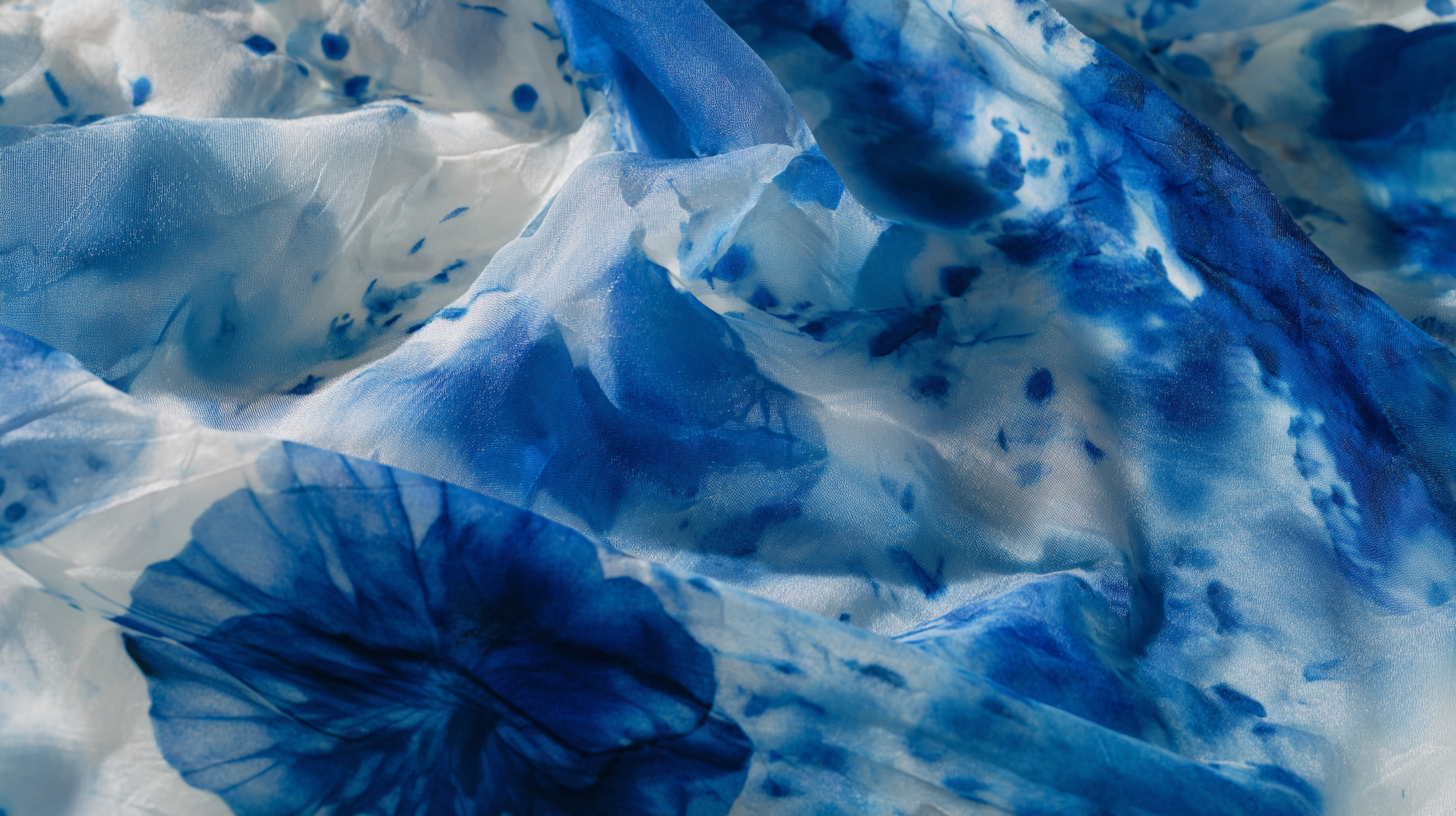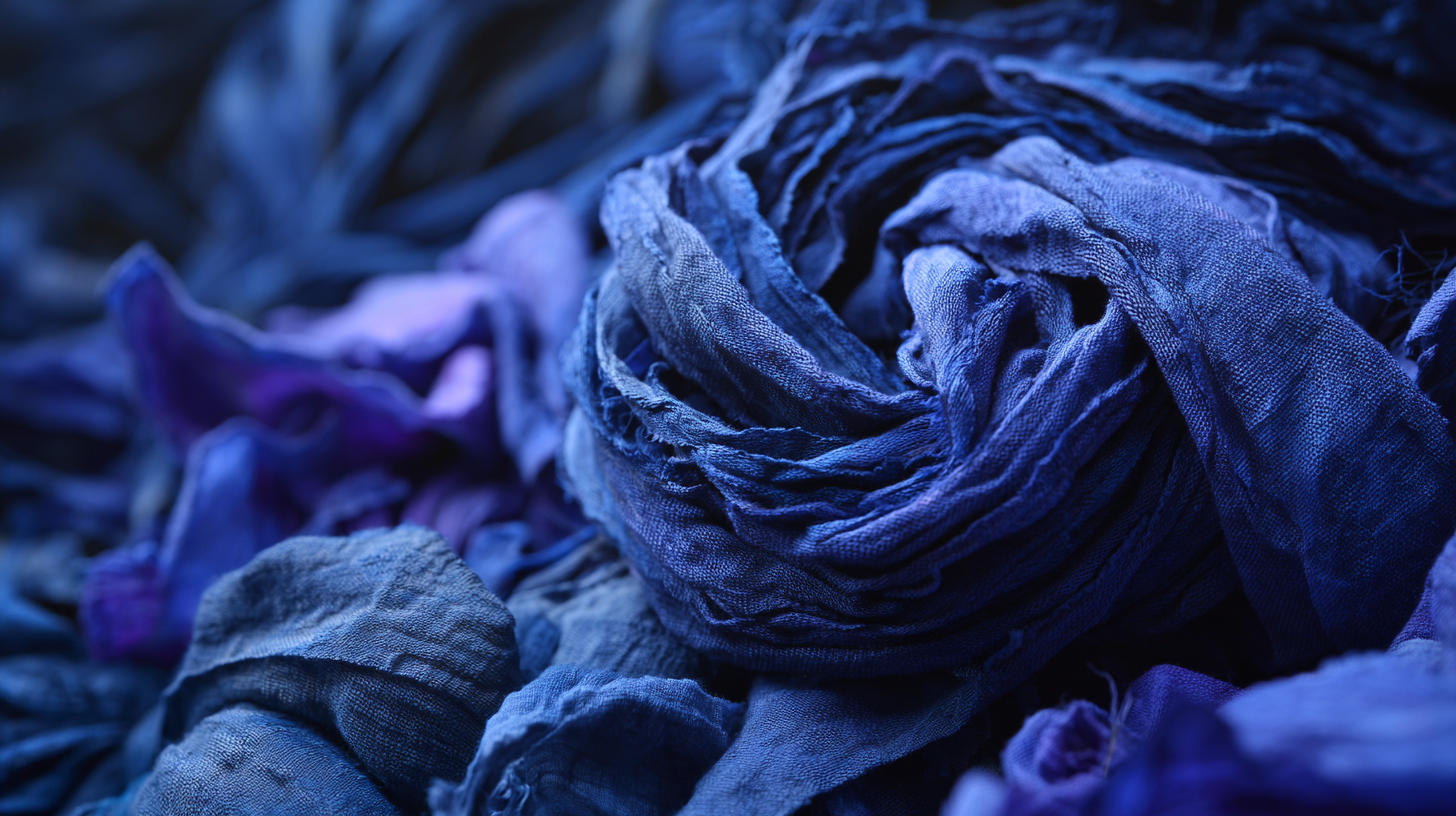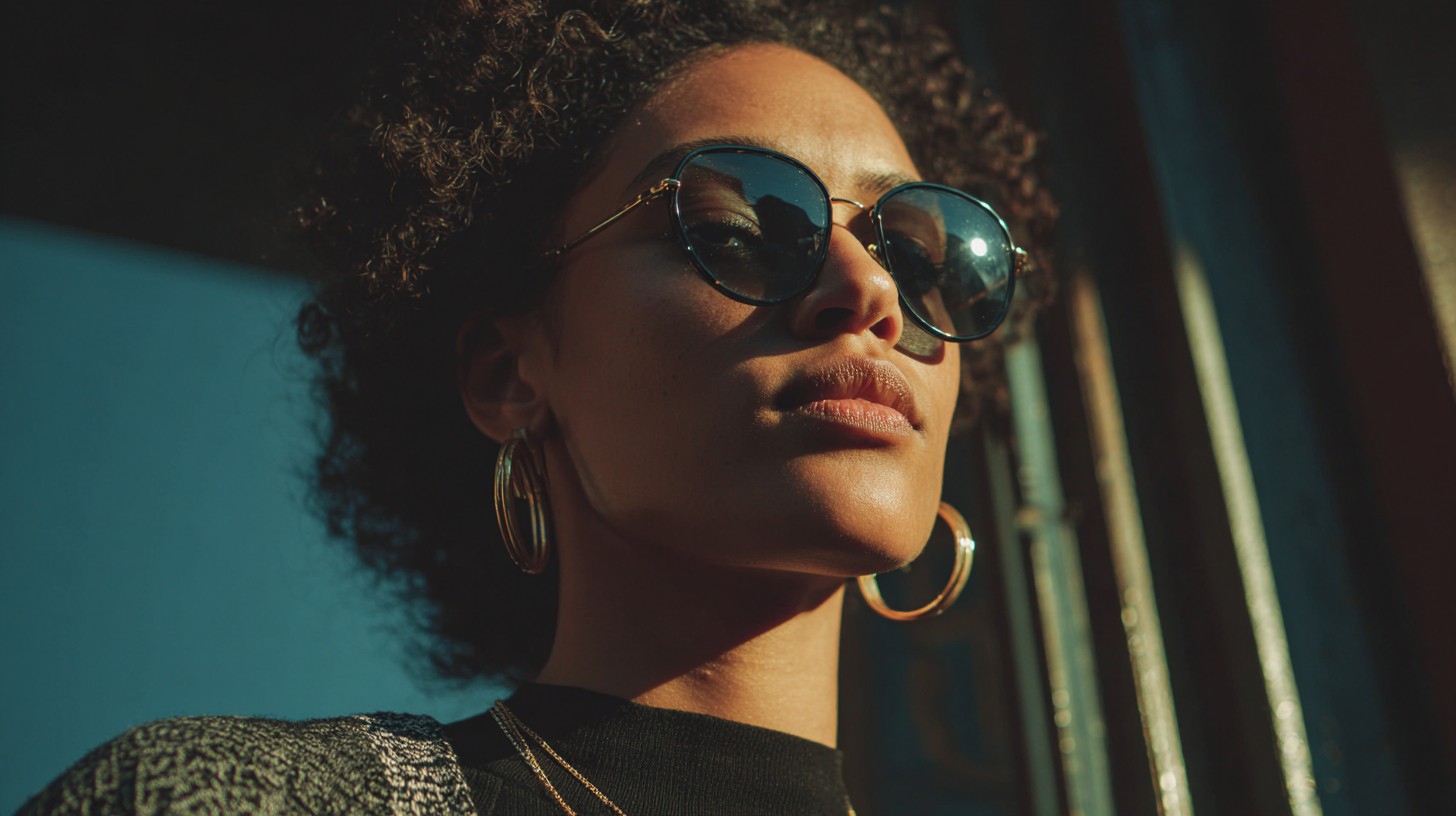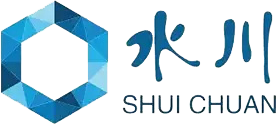The fashion industry is at a pivotal crossroads, grappling with the pressing challenges of environmental sustainability and ethical production. As reported by the Global Fashion Agenda, the sector is responsible for more than 8% of global greenhouse gas emissions and consumes a staggering 93 billion cubic meters of water annually. With growing awareness and demand for eco-friendly practices, innovative alternatives are emerging, and one such solution is Liquid Indigo. This sustainable dyeing technique not only reduces water usage by 90% compared to traditional indigo dyeing but also minimizes harmful waste and chemical use.

As brands pivot towards sustainable practices, Liquid Indigo stands out as a game-changer, promising to reshape the future of fashion by marrying aesthetics with environmental responsibility. By embracing Liquid Indigo and similar advancements, the industry can make significant strides towards a sustainable future, transforming how we perceive and produce fashion.
The evolution of indigo dyeing has become a pivotal aspect of sustainable fashion, showcasing innovative approaches that emphasize eco-friendliness and resource conservation. Recent trends highlight the relationship between indigo dyeing and its recyclability, as manufacturers seek methods that reduce pollution and waste. Advances in dye extraction from natural indigo plants underscore a commitment to sustainability, enabling brands to produce vibrant textiles while minimizing environmental harm. This shift reflects a broader commitment to incorporate sustainable practices throughout the fashion supply chain.

Moreover, the exploration of technological solutions, such as bioremediation for azo dyes and environmentally sound recycling processes, points to an interdisciplinary approach to achieving a circular economy in textiles. By leveraging agricultural waste for dyeing applications, the industry not only reduces its ecological footprint but also embraces a regenerative model of production. As the demand for sustainable practices grows, indigo dye continues to evolve, proving its potential to be at the forefront of environmentally conscious fashion.
The future of sustainable fashion is increasingly being shaped by innovations in manufacturing, particularly in leading Chinese factories. As the global fashion industry grapples with the pressing need for environmentally friendly practices, China's factories are at the forefront of this transformation. Their advancements not only streamline production processes but also enhance the use of sustainable materials, such as the best liquid indigo, paving the way for a cleaner fashion supply chain.
Chinese enterprises have made significant strides in resource management and energy efficiency, setting benchmarks for the industry. The emphasis on adopting cutting-edge technologies has allowed these factories to minimize waste and reduce carbon footprints, showcasing their commitment to sustainability. Furthermore, collaborations with research institutions have been pivotal in driving innovation within the textile sector, ensuring that the manufacturing processes align with the ideals of sustainable fashion. As China continues to play a central role in the global display industry and beyond, its influence on sustainable practices in fashion will likely grow, inspiring other regions to adopt similar innovations for a greener future.

Sustainable fashion is becoming increasingly important as consumers demand more eco-friendly practices within the industry. One innovative approach to achieving this is through the use of liquid indigo, a sustainable dyeing method that drastically reduces water consumption and environmental impact compared to traditional processes. Embracing liquid indigo not only promotes a reduced carbon footprint but also supports the development of inclusive practices and diverse fashion offerings.
To make more sustainable choices in your wardrobe, consider opting for brands that prioritize responsible manufacturing and ethical production. Many creators are now focusing on circular economy principles, ensuring that their designs are not only beautiful but also environmentally friendly. Opting for jeans and other apparel dyed with liquid indigo can significantly contribute to a greener fashion future.
**Tips for Sustainable Fashion Choices**: 1) Always check for certifications that guarantee ethical production processes; 2) Look for brands that provide transparency about their sourcing and manufacturing practices; 3) Consider upcycling or thrifting to extend the lifecycle of garments, reducing demand for new materials.
This chart illustrates the adoption rates of eco-friendly practices in fashion production, focusing on the use of Liquid Indigo as a sustainable dye alternative over recent years.
Sustainable fashion is rapidly transforming global markets by promoting eco-friendly practices and innovative materials. As consumer awareness of environmental issues grows, brands are increasingly adopting sustainable methods in their production processes. This shift not only benefits the planet but also appeals to a conscious consumer base that values ethical practices. The demand for organic and recycled materials, such as liquid indigo, is on the rise as businesses seek to reduce their carbon footprint and foster a circular economy.
Tips for brands looking to embrace sustainable fashion include investing in transparent supply chains to enhance consumer trust and loyalty. Additionally, collaborating with sustainable material innovators can help brands stay ahead of the curve and offer unique products that resonate with eco-conscious shoppers. It’s essential to communicate the sustainability story effectively through marketing and branding, positioning the brand as a leader in eco-friendly practices. By doing so, companies can tap into new market segments and drive both growth and positive environmental impact.
| Year | Market Value (in Billion USD) | Growth Rate (%) | Sustainable Material Usage (%) | Consumer Awareness (%) |
|---|---|---|---|---|
| 2021 | 150 | 12 | 25 | 40 |
| 2022 | 170 | 13 | 30 | 45 |
| 2023 | 200 | 15 | 35 | 50 |
| 2024 | 225 | 12 | 40 | 55 |
| 2025 | 250 | 10 | 45 | 60 |
The fashion industry is undergoing a significant transformation as consumers increasingly prioritize ethical production practices. According to a report by McKinsey & Company, 66% of global consumers are willing to pay more for sustainable brands, demonstrating a clear shift in purchasing behavior. In the realm of apparel, this trend is further highlighted by the 2021 Fashion Transparency Index, which revealed that only 23% of the largest fashion brands are taking meaningful steps to disclose their environmental and social practices, highlighting a gap yet to be fully addressed.
Liquid indigo, known for its lower environmental impact compared to conventional dyeing methods, is gaining traction among brands committed to sustainability. The Global Fashion Agenda notes that the indigo dyeing process traditionally consumes substantial water and chemicals, but innovations in liquid indigo technology reduce these inputs significantly. As a result, brands adopting this method not only align with consumer demand for ethical production, but also enhance their marketability in a growing segment that values eco-friendly textiles. This evolution in materials and production processes represents a crucial step towards a more sustainable future in fashion, catering to increasingly informed consumers.
